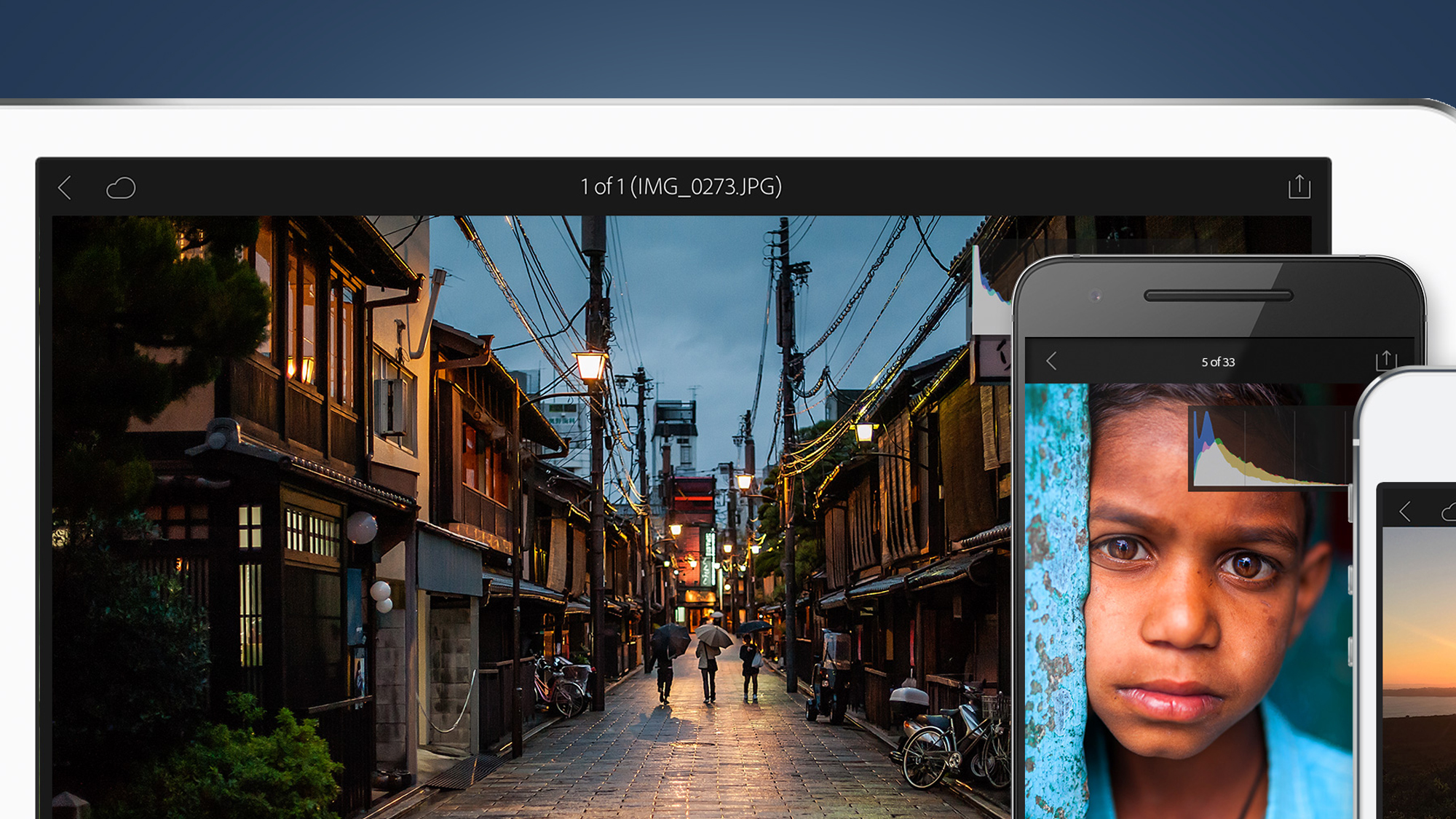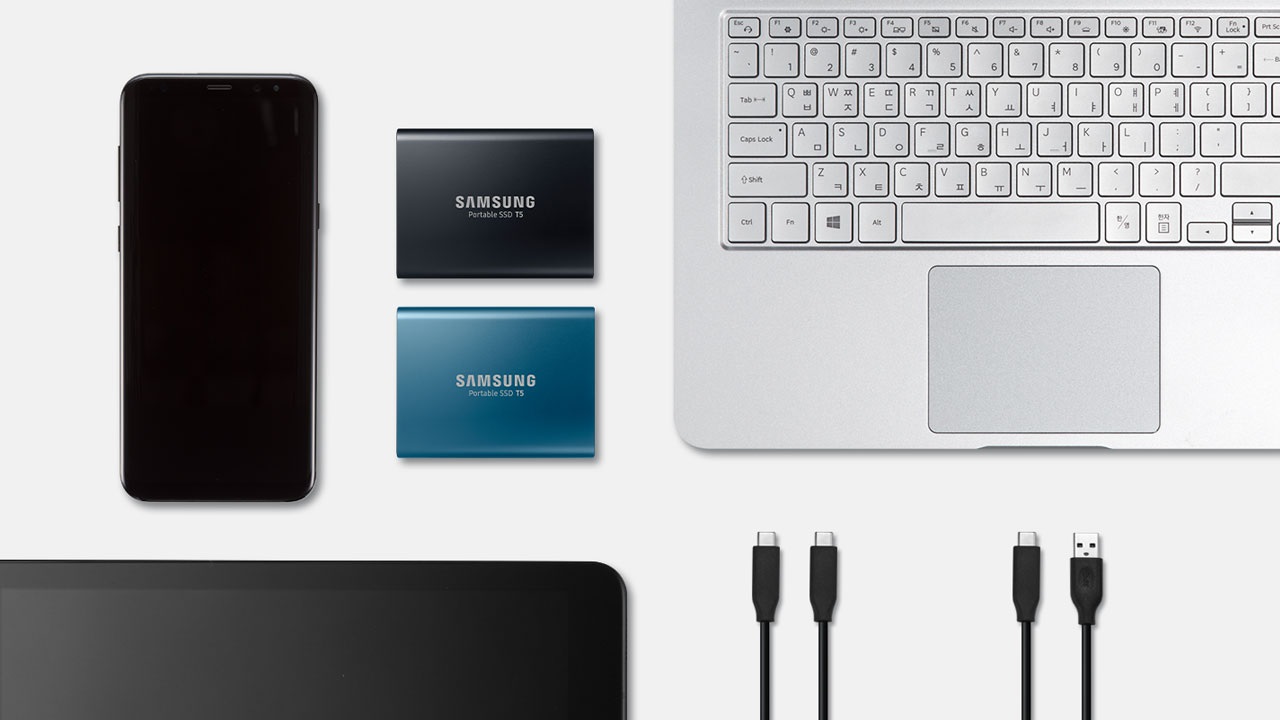Why the Adobe Lightroom Mobile incident proves that backups are still essential
Another timely reminder to back up your snaps

Just two weeks after Canon's cloud service lost some users' images, Adobe has dropped a similar clanger with a Lightroom Mobile update that has wiped some photos and presets.
Unfortunately, the iOS update – which has now been succeeded by a new one that fixes the issue – has permanently deleted some users' data, with Adobe admitting in a recent post that it's "not recoverable".
The issue isn't a hugely widespread one, with the problem only affecting "some customers who updated to Lightroom 5.4.0 on iPhone and iPad" and only those who used the free version of Lightroom mobile without a subscription to the Adobe cloud.
Adobe was also keen to stress that "no assets in the Lightroom cloud were lost or are at risk" and that "Lightroom mobile on Android, Lightroom desktop on macOS and Windows, as well as Lightroom Classic are not affected".
That won't be much consolation to those who did lose data though, with one customer claiming on Reddit that they lost at least two years' worth of photo edits from the Lightroom update.
- These are the best cloud storage options for photos
- Read our Photoshop for iPad review
- Canon says its cloud service can't restore users' lost videos or full-size images

To hell and backup
The whole episode is another timely reminder to follow the '3-2-1 backup rule' – in other words, keep at least three separate copies of your photos, with two backup copies kept on different storage media (be that an SSD or cloud service), and one kept off-site.
While apologetic to those affected, Adobe issued a subtle reminder to this effect on its statement. It said "we know that some customers have photos and presets that are not recoverable" and it knows "how frustrating and upsetting this will be to people affected and we sincerely apologize".
Sign up for breaking news, reviews, opinion, top tech deals, and more.
But it followed this up by saying that "some customers affected by this issue might be able to use iPhone and iPad backups to recover photos and presets".
In this case, iCloud backups could have saved the day for some of those hit by the Lightroom Mobile issue. But that alone isn't enough if you want to keep your photos and data truly safe from harm.

Safety blankets
My preferred system for photo backup is a combination of a Samsung T5 flash drive (currently number one in our best portable SSD list), my laptop and Google Drive. On my iPhone, I also have Google Photos set to automatically back up my mobile snaps at original quality (in "High Quality", they're compressed) and I regularly back up my phone, too.
But choosing a setup is very personal thing and a different system might work better for you. If you're an Amazon subscriber, Amazon Prime Photos also offers the ability to store your photos in raw quality and has automatic backups. This is crucial, as you never know when your phone or tablet might get stolen.
As our best cloud storage guide shows, there also other options including IDrive, PCloud and, yes, Adobe Creative Cloud. The recent Adobe Lightroom incident was completely unrelated to the cloud and it is still very rare that cloud services have incidents like the one that affected image.canon recently.
Of course, it's not impossible either, and there is always a chance that your chosen cloud service could be discontinued or run into financial issues. For example, in December 2019 the CEO of Smugmug – the company that bought Flickr from Yahoo in 2017 – sent an open letter begging people to sign up for Flickr Pro, as the service's current model meant that it was a "money-losing business".
Whatever setup you go for, the crucial thing is to have a combination of backups that ensure there's no single point of weakness. The Adobe Lightroom Mobile incident should never have happened in the first place, but the fallout could have been mostly prevented with backup systems in place.

Mark is TechRadar's Senior news editor. Having worked in tech journalism for a ludicrous 17 years, Mark is now attempting to break the world record for the number of camera bags hoarded by one person. He was previously Cameras Editor at both TechRadar and Trusted Reviews, Acting editor on Stuff.tv, as well as Features editor and Reviews editor on Stuff magazine. As a freelancer, he's contributed to titles including The Sunday Times, FourFourTwo and Arena. And in a former life, he also won The Daily Telegraph's Young Sportswriter of the Year. But that was before he discovered the strange joys of getting up at 4am for a photo shoot in London's Square Mile.